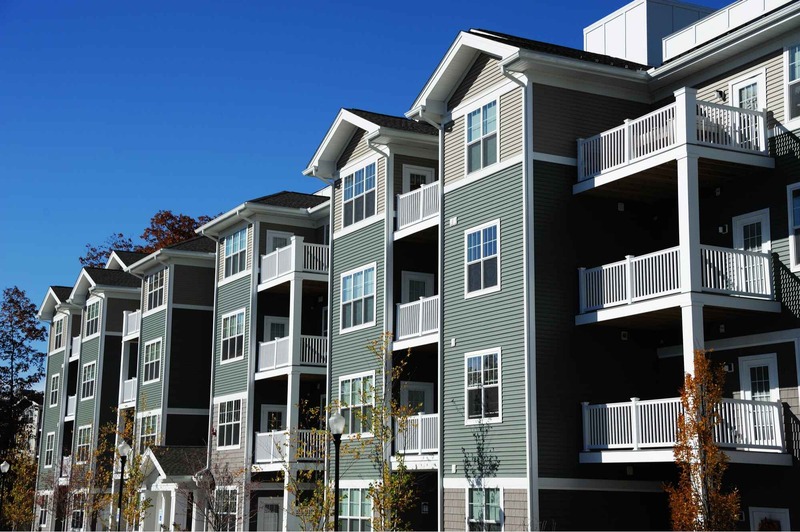Singapore continues to be a hub for real estate investors, with condominiums forming a large share of the residential property sector. Analysts note that Penrith condo price trends are increasingly used as a benchmark for evaluating both regional demand and wider investor confidence. The city’s strong economic base, urban planning policies, and global financial appeal all combine to keep condominiums at the centre of investor strategies.
Why Condos Dominate the Property Landscape
Condominiums in Singapore are not just homes but long-term business assets. They appeal to both local buyers and international investors seeking stable returns. The compact design, shared amenities, and urban connectivity make condos attractive for rental demand and capital growth. In locations like Penrith, where price trends reflect both affordability and potential for appreciation, investors see opportunities that align with broader market strategies.
The Role of Location in Value Creation
Location remains the strongest driver of condo pricing. In Singapore, areas near business districts, transport networks, and educational institutions command higher values. Investors often weigh how proximity to new MRT lines or planned commercial zones could influence future growth. Penrith stands out as an area where ongoing development projects and connectivity improvements help explain its rising condo price levels. For business-minded investors, this makes location analysis as important as the property itself.
Market Trends Shaping Investor Decisions
In recent years, the Singapore condominium market has shown resilience, even during global economic uncertainties. Rental demand continues to be robust, driven by expatriates and young professionals who prefer flexible living arrangements. Rising interest rates, however, are prompting more cautious borrowing, which influences short-term price fluctuations. Yet, for investors with longer horizons, the consistent appreciation of well-located condos remains an attractive draw. Monitoring Penrith condo price movements gives insight into how suburban markets respond compared with central regions.
Factors Impacting Condo Prices
Several factors are at play when evaluating condo price shifts in Singapore. Government regulations, such as cooling measures, often affect investor behaviour. Supply levels from new launches can also influence short-term demand. Broader economic indicators—such as employment rates, GDP growth, and foreign investment inflows—add another layer of influence. In areas like Penrith, these factors interact with localised demand, shaping price stability and growth patterns that investors carefully study.
Business Insights for Investors
From a business perspective, condo investment is not just about property ownership but about managing risk and opportunity. Understanding how Penrith condo price trends link with wider Singapore property data can help investors time their entry or expansion. Long-term strategies often involve diversifying portfolios across central and suburban markets to balance yield and capital appreciation. Investors focused on business outcomes must also consider potential rental income streams, as demand from tenants is a vital part of sustained profitability.
Singapore’s Global Appeal
One of the strongest reasons investors look at Singapore’s condominium sector is its international reputation for stability. Transparent regulations, strong governance, and a reputation as a global financial hub make the market appealing. Condos are particularly attractive because they fit into the urban lifestyle that both locals and expatriates demand. For investors, watching Penrith condo price patterns within this wider global context provides useful clues about how suburban Singapore fits into long-term growth.
Looking Ahead: What Investors Should Watch
The future of condo prices in Singapore will be shaped by economic policy, demographic shifts, and continued urban development. Sustainability is becoming an increasing factor, with green building standards and eco-friendly designs influencing both consumer choice and investor strategies. Areas like Penrith, with emerging developments, could benefit from these trends if they incorporate sustainable living features. For investors, keeping an eye on these evolving dynamics helps ensure business decisions remain aligned with long-term value creation.
Conclusion
Singapore’s condominium market remains one of the most active and attractive in Asia. The role of Penrith condo price analysis highlights how location-specific insights can shape broader investor decisions. For those looking at the business side of real estate, understanding market trends, government influence, and long-term demand patterns is essential. By combining strategic foresight with close monitoring of local and national trends, investors can position themselves to make well-informed and profitable decisions in Singapore’s ever-evolving property landscape.

